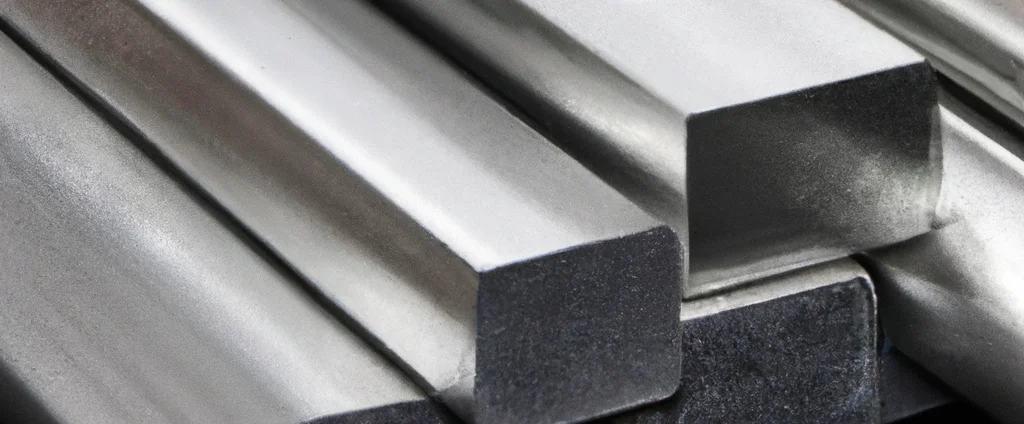Aluminum Alloy 1100 (UNS A91100)

Aluminum 1100 is a commercially pure aluminum alloy that is highly resistant to chemical weathering and has excellent forming properties. It is a low-strength alloy often used in applications that require high corrosion resistance and good formability, such as chemical storage tanks, reflectors, heat exchangers, and sheet metal work.
| Chemical Composition | ||
|---|---|---|
| Element | Min | Max |
| Aluminum | 99.0% | 99.95% |
| Copper | 0.05% | 0.2% |
| Iron | —— | 0.95% |
| Manganese | —— | 0.05% |
| Silicon | —— | 0.95% |
| Zinc | —— | 0.1% |
| Residuals | —— | 0.15% |
The following table provides a list of aluminum 1100 properties in both SI and US customary/Imperial units.
Click on the button to switch between Metric and Imperial units.
| Physical Properties | Metric |
|---|---|
| Density | 2710 kg/m3 |
| Mechanical Properties | Metric |
| Tensile Strength | 90 MPa |
| Yield Strength | 35 MPa |
| Young’s Modulus (E) | 70 GPa |
| Shear Modulus (G) | 26 GPa |
| Elongation at Break | 30% |
| Poisson’s Ratio (ν) | 0.33 |
| Brinell Hardness | 22 HB |
| Thermal Properties | Metric |
| Melting Point | 640 - 655 °C |
| Thermal Conductivity | 220 W/m·K |
| Specific Heat Capacity (Cp) | 904 J/kg·K |
| Coefficient of Thermal Expansion (αL) | 2.36×10-5 1/°C |
| Electrical Properties | Metric |
| Electrical Conductivity | 3.7×107 S/m |
| Electrical Resistivity | 2.9×10-8 Ω·m |
The values in this table are approximate and can vary depending on various factors such as the specific manufacturing process and heat treatment applied to the alloy.
Advantages & Disadvantages of Aluminum 1100
| Advantages | Disadvantages |
|---|---|
| Excellent corrosion resistance | Low strength compared to other aluminum alloys |
| High thermal conductivity | Limited hardness and wear resistance |
| Good formability and ductility | Limited machinability |
| High reflectivity |
Applications of Aluminum 1100
Aluminum 1100 is widely used in industries requiring lightweight, corrosion-resistant, and highly formable materials, including:
- Cladding and roofing: Its excellent corrosion resistance makes it a popular choice for cladding and roofing in buildings and structures.
- Heat exchangers: The high thermal conductivity makes it ideal for use in heat exchangers and other heat transfer applications.
- Chemical equipment: Resistance to chemical corrosion makes it suitable for use in chemical processing equipment.
- Reflectors and lighting fixtures: High reflectivity makes it useful for reflectors and lighting fixtures.
- Food and beverage packaging: Low toxicity and good formability make it an excellent choice for food and beverage packaging.
- Electrical conductors: Although not as conductive as copper, this material is still widely used as an electrical conductor due to its low density and good formability.
- General fabrication: Good formability, ductility, and low weight make it a popular choice for a variety of general fabrication applications.
